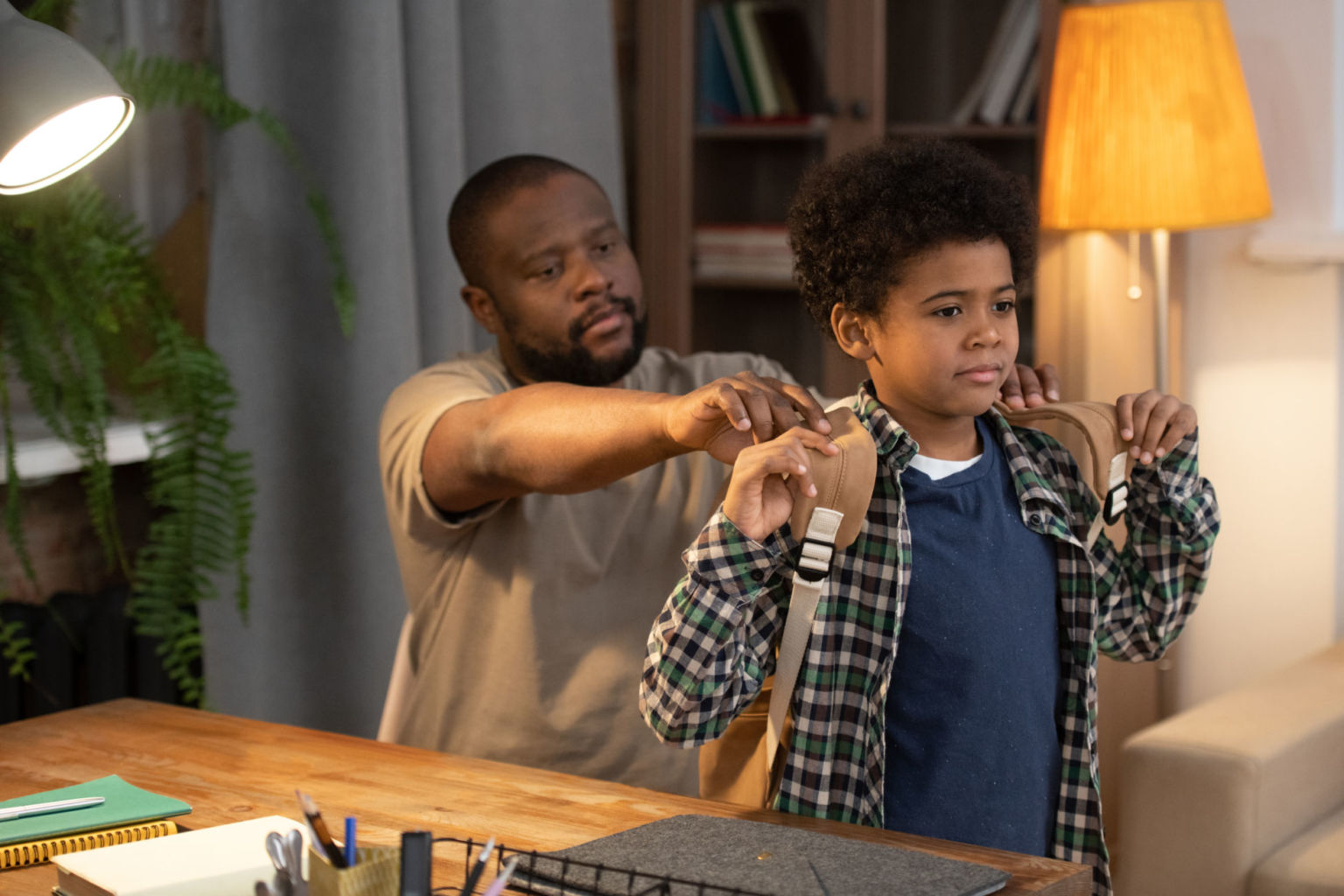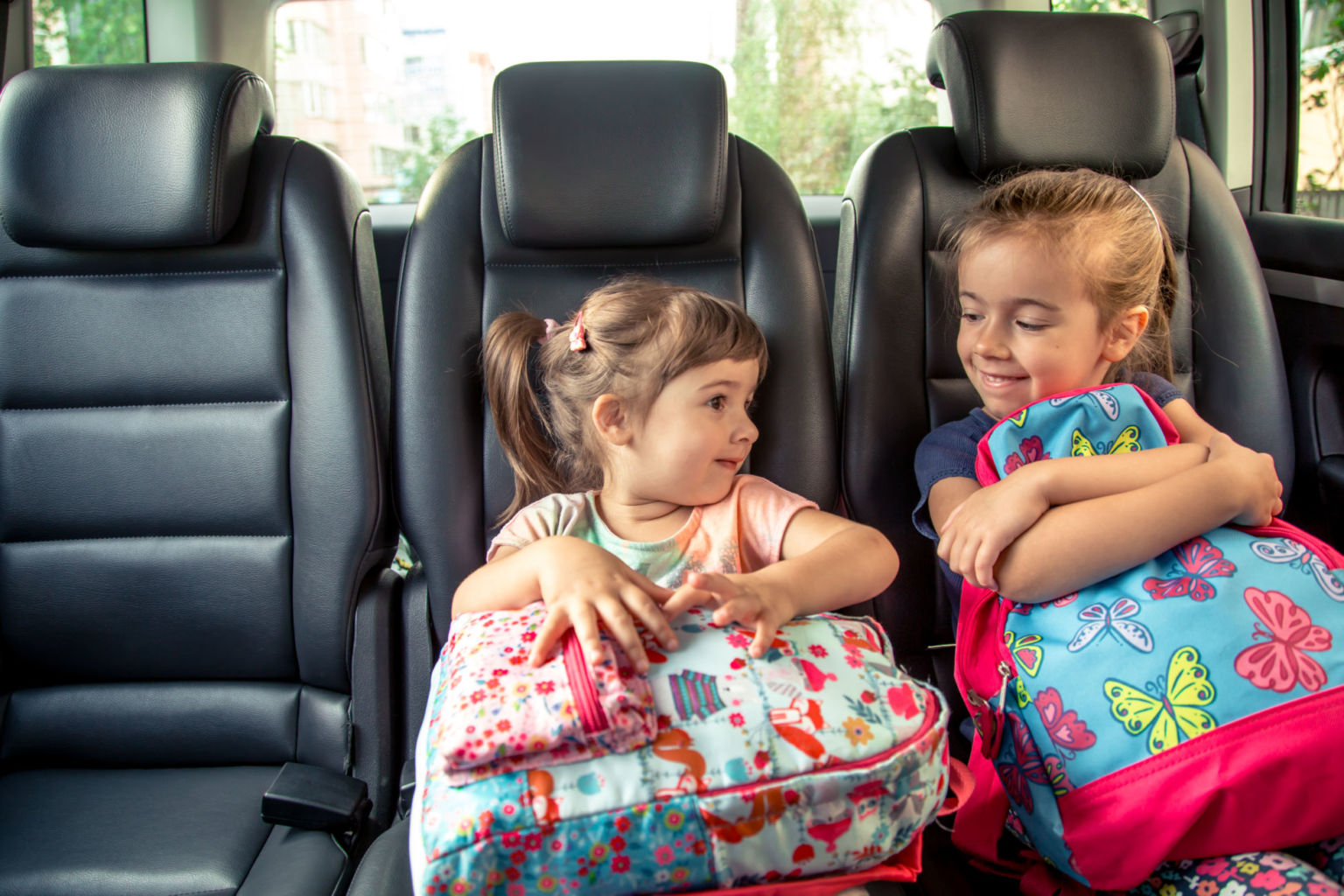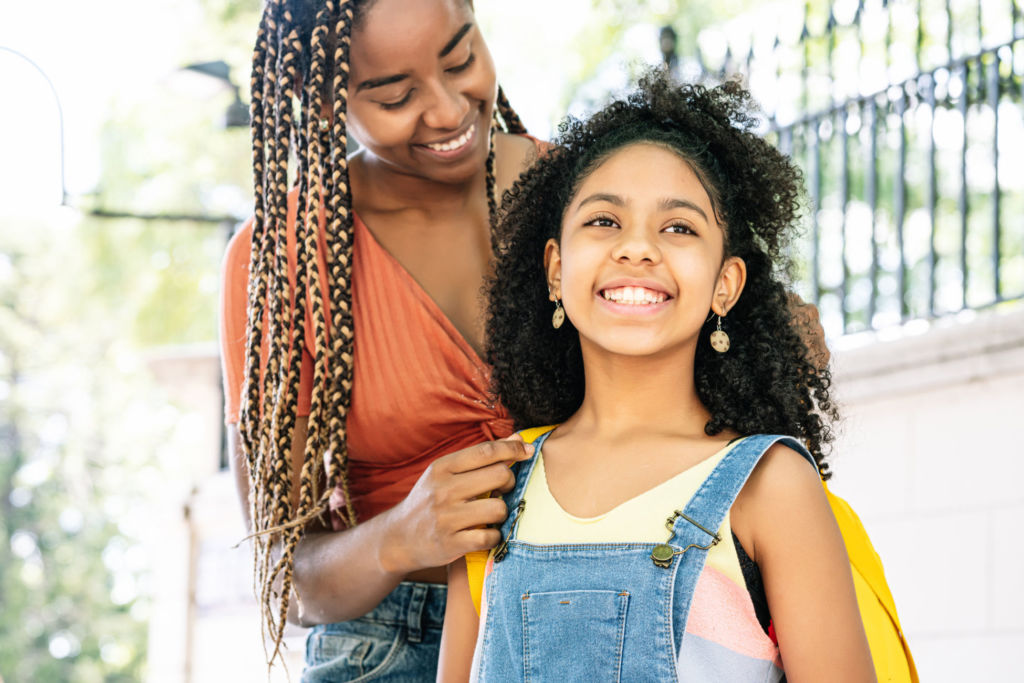For kids of all ages, back-to-school shopping typically includes picking out the perfect backpack. Every year brings new trends in colors, designs and popular cartoon or video game character depictions. The bag your student chooses will be with them everyday for the entire school year, so of course it’s important to let them pick something they love. It’s also important, however, to be sure the one they choose has the fit and features needed to protect their back, neck, and shoulders and keep their entire body feeling good so they are set up for success.
Focus on a functional fit.
When choosing a backpack, consider your child’s size and look for features that allow for adjustment. You can teach students about proper posture, but an ill-fitting or overweight backpack can make it impossible to maintain. Follow these tips to prevent injuries and pain.
-
Position the pack in the center of the back.
The pack should not be wider than your child's torso, the anchor point of the straps should not be more than a couple inches below the top of their shoulders, and the bottom of the pack should not extend more than a few inches below their waistline. -
Strap in!
The pack should have two wide, padded, adjustable straps that you can tighten to keep the load snug to the back and evenly distributed. Slinging a pack over one shoulder can bend the spine to the side, causing an asymmetric load and lead to the potential for pain and injury. Waist and chest straps can help, too.

-
The more padding the better.
A padded back adds to the comfort of a backpack and also ensures that any loose items that may have sharp edges or points won't be able to poke through and cause injury. -
Lighten up!
Kids should be encouraged to leave the extra stuff behind to avoid lugging around excess weight that can adversely affect posture and spinal alignment. -
Compartments and pockets keep it organized.
Multiple compartments make it easier to distribute the weight within a backpack while also keeping it organized so things are easy to find when your student needs them. Heavy items should be purposely packed in the center of the pack and closest to the back.
Check in regularly.
Protecting a child’s back is one of the most important things you can do for their health. Carrying too heavy of a load or wearing a backpack that doesn’t fit correctly can cause a child to lean forward against the backward pull of the backpack. This can lead to significant pain and discomfort or even spinal compression or misalignment.
-
Listen.
Encourage your child to tell you anytime they feel numbness, tingling or discomfort in their arms or legs, which can be indicative of poor fit or too much weight being lugged around. -
Watch.
Be award of visual cues such as if your child struggles when they put on or take off their backpack. -
Take Action.
Don't ignore any back or neck pain in a child of any age, reach out to your local physical therapist for guidance.

A physical therapist can help.
We know kids come in all shapes and sizes. Our therapists can help you assess your child's backpack fit, work to improve posture problems, increase muscle strength and stability and treat pain resulting from improper backpack fit and function.

